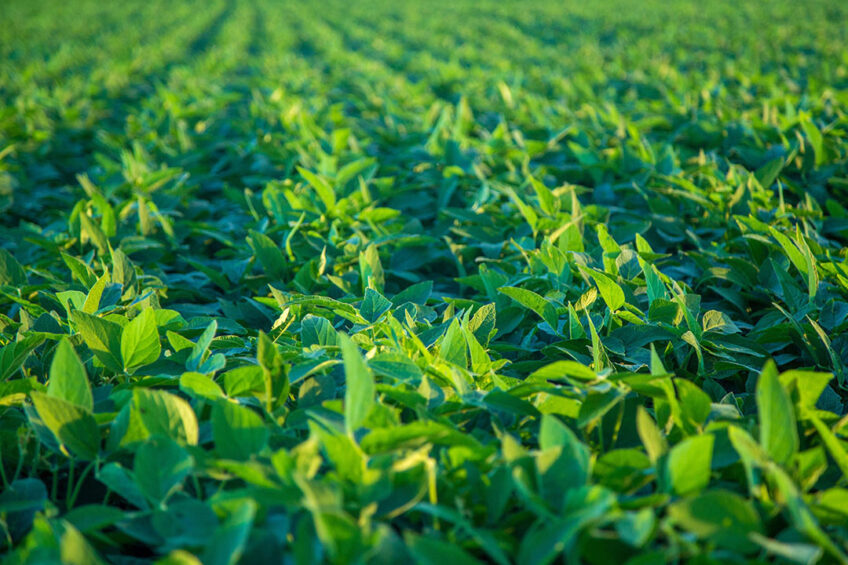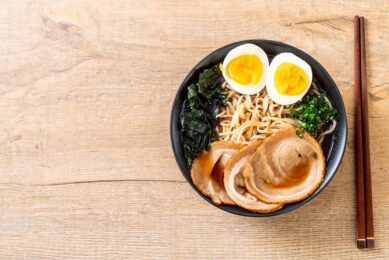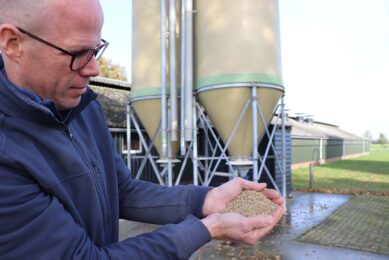Rabobank is counting on China to import less soya

China will import less and less soya in the coming years. This is according to a research report published by Rabobank.
China is by far the largest importer of soy in the world. And it is the final destination of more than 60% of the world’s soy. The product is mainly used in animal feed.
Animal feed production to grow
Although the demand for animal feed will continue to grow in the years ahead, this will not be the case for the intake of soya. Rabobank believes that animal feed production in China will grow slightly every year as a result of growth in Chinese livestock farming. However, imports of soya will decrease as a result of increasing local production of animal feed raw materials and the use of less soybean meal in animal feed, explains grain and oilseeds analyst Lief Chiang of Rabobank.
China wants to reduce the cost of food
China wants to become less dependent on imports of animal feed raw materials. This applies in particular to imports of soybeans. With less supply of soya, the country sees opportunities to cut the cost price of food.
Some animal feed producers have already shown that they can make a good ration for livestock with less soybean meal. In 2021, China reduced the share of soybean meal in animal feed to 15.3%. This trend has reduced the import requirement for soybeans by 14 million tons in 4 years.
More demand for other protein sources and amino acids
Reducing the proportion of soybean meal results in a growing need for amino acids and other protein sources such as insects, enzymes and micro-organisms. In the long term, these new proteins will make a positive contribution to saving natural resources and reducing carbon emissions, Rabobank concludes in the research report. However, according to the bank, the timeline is difficult to estimate, because many developments are still in a development phase.
Significant supply chain implications
China’s decision to become less dependent on imported soya has far-reaching consequences for the supply chain, Rabobank concludes. China will remain the largest importer, but due to lower sales to that country, other buyers will need to be found. These will mainly be sought in areas with emerging economies in the Middle East, Southeast Asia and South Asia.
In addition, more soya bean meal is becoming available in the United States and Brazil due to growing demand for biofuels. To this end, soya beans are processed in the US and Brazil, which will increase the supply of soya bean meal on the world market.













